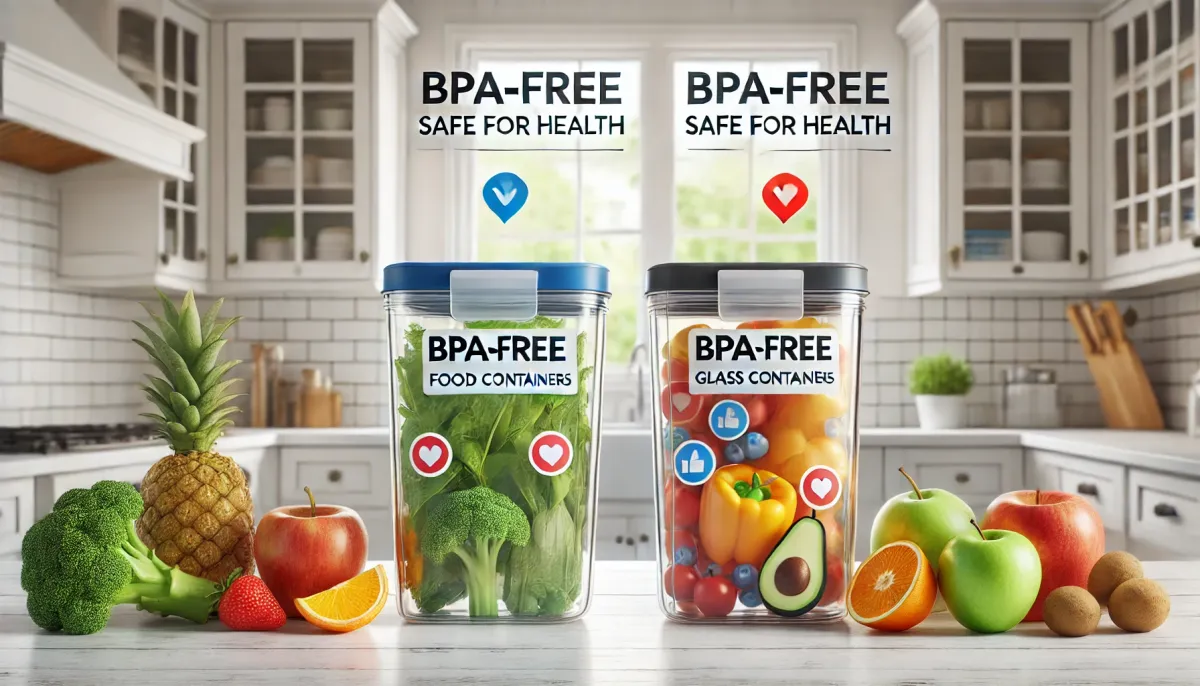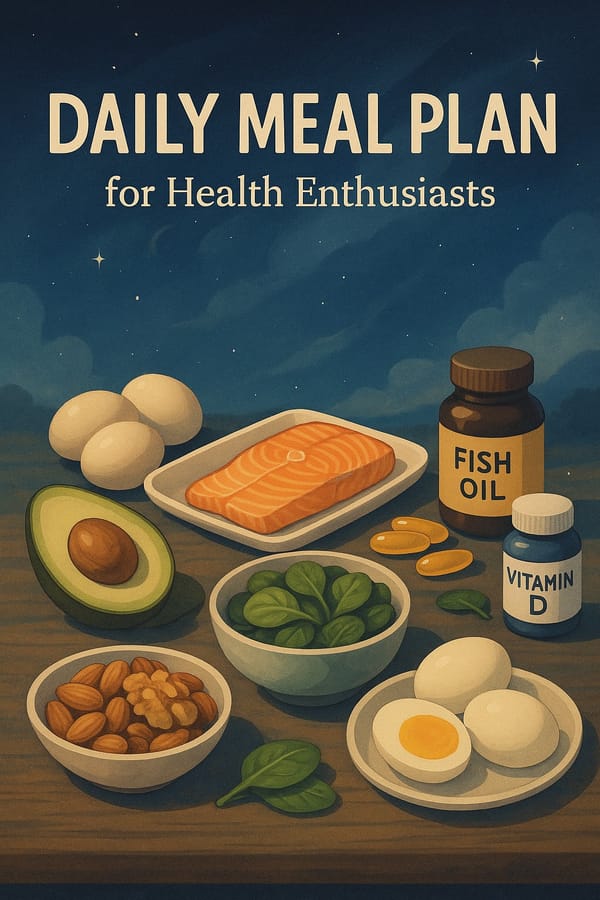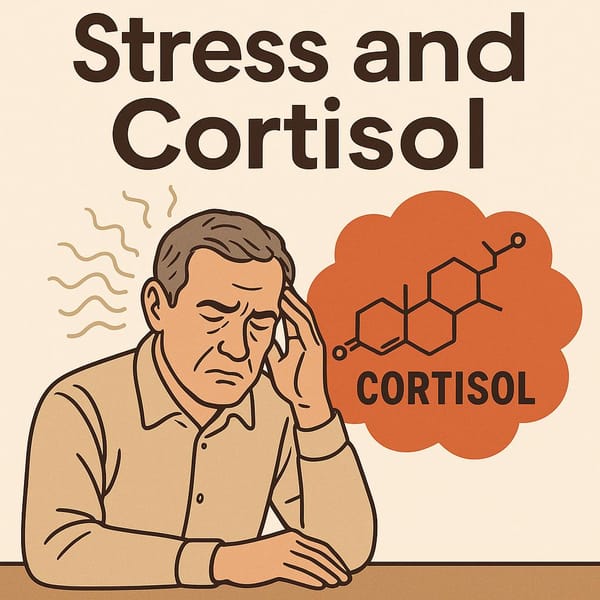The Hidden Threat of Xenoestrogens: Health Effects and How to Protect Yourself
Understand the dangers of xenoestrogens—environmental chemicals that mimic estrogen in the body. Learn how they affect hormonal balance, increase health risks, and discover science-backed prevention strategies. Ideal for individuals 50+ and health-conscious readers

Introduction Xenoestrogens are synthetic or naturally occurring compounds that mimic estrogen, the primary female sex hormone, in the body. They fall under the broader category of "xenohormones," which refers to hormones not produced by the body but capable of influencing hormonal activity. These substances can disrupt hormonal balance and affect various systems, including reproductive health, the endocrine system, immune function, and even mental well-being.
Found in everyday products such as plastics, personal care items, pesticides, and certain foods, xenoestrogens have raised concerns due to their potential long-term impact on human health—especially among individuals over 50 whose hormonal systems are more vulnerable.
This article explores what xenoestrogens are, where they come from, how they work in the body, the possible health effects, and how to protect yourself, based on reliable scientific sources like the World Health Organization (WHO) and the National Cancer Institute (NCI).
What Are Xenoestrogens? Xenoestrogens are a class of endocrine-disrupting chemicals that mimic or interfere with the body's natural estrogen. They can bind to estrogen receptors and influence hormonal signaling pathways.
- Xenohormones: Foreign compounds that act like hormones.
- Estrogen: A vital hormone in both sexes, but especially important for female reproductive health, bone strength, and neurological function.
Not all exposure is harmful, but consistent or high-level exposure to xenoestrogens over time may lead to significant health concerns.
Common Sources of Xenoestrogens
- Plastics
- BPA (Bisphenol A) and BPS (Bisphenol S) are commonly found in polycarbonate plastics like water bottles and food containers.
- Phthalates are used to soften plastics and are present in many plastic wraps, containers, and PVC materials.
- Heat can cause these chemicals to leach into food and drinks.
- Pesticides and Herbicides
- Some pesticides, such as DDT (now banned in many countries), and organophosphates may exhibit estrogen-like activity.
- Food contamination and proximity to agricultural spraying can increase exposure.
- Cosmetics and Personal Care Products
- Parabens are preservatives found in lotions, shampoos, and cosmetics.
- Triclosan and other chemicals may also act as endocrine disruptors.
- Food
- Additives, preservatives, and chemical residues from packaging can introduce xenoestrogens into the food chain.
- Seafood contaminated by ocean pollution and microplastics is another source.
- Pharmaceuticals and Hormone Therapies
- Hormonal drugs, such as birth control pills and hormone replacement therapies, may contribute indirectly through environmental contamination.
How Xenoestrogens Work in the Body
- Estrogen Receptor Binding
- Xenoestrogens can attach to estrogen receptors, mimicking the body's natural estrogen and triggering similar responses.
- Hormonal Interference
- They can block natural hormones from binding, disrupting normal signaling.
- Alteration of Metabolism
- They may change how the body metabolizes, produces, or eliminates natural estrogen.
Health Effects of Xenoestrogens
- Reproductive Health and Fertility
- Disruption of ovulation and decreased sperm production.
- Developmental effects on infants and children.
- Hormone-Related Cancers
- Increased risk of breast, uterine, and prostate cancers.
- High estrogenic activity has been linked to tumor growth in estrogen-sensitive tissues.
- Endocrine Disruption
- Leads to metabolic disorders such as obesity, type 2 diabetes, and cholesterol imbalance.
- Bone and Muscle Health
- Estrogen is crucial for maintaining bone density.
- Disruption may contribute to osteoporosis and muscle loss in older adults.
- Mental Health
- Estrogen influences neurotransmitters in the brain.
- Imbalances can result in anxiety, depression, and cognitive issues.
Xenoestrogens and People Over 50 As we age, natural estrogen and testosterone levels decline. For women, menopause brings a sharp drop in estrogen, while men may experience lower testosterone and slight estrogen imbalances. This hormonal shift makes the body more sensitive to external endocrine disruptors, such as xenoestrogens. Therefore, people aged 50 and above should be particularly cautious.
How to Reduce Exposure to Xenoestrogens
- Use BPA-Free Containers
- Choose glass or stainless-steel over plastic for food storage.
- Avoid microwaving food in plastic containers.
- Buy Organic Food
- Organic produce has lower pesticide residues.
- Wash all fruits and vegetables thoroughly.
- Choose Natural Cosmetics
- Look for "Paraben-Free" and "Triclosan-Free" labels.
- Consider using organic personal care items.
- Read Product Labels
- Be cautious of unfamiliar chemical names.
- Avoid products with known endocrine-disrupting ingredients.
- Limit Reuse of Plastics
- Especially when containers show signs of wear or have been exposed to heat.
- Eat a Diverse Diet
- High-fiber foods help detoxify the body.
- Plant-based proteins and omega-rich fish can support hormonal balance.
- Support Liver Health
- The liver detoxifies hormones and chemicals.
- Reduce alcohol and fatty foods; exercise regularly.
- Be Cautious with Hormone Therapy
- Always consult a healthcare provider before starting hormone treatments.
Isoflavones: Can They Help? Isoflavones are a type of phytoestrogen found in soy and legumes. They are structurally similar to estrogen and may bind to estrogen receptors in the body—albeit with much weaker effects. This has led researchers to explore whether isoflavones can competitively inhibit stronger xenoestrogens from binding to receptors.
Potential Benefits of Isoflavones
- May reduce menopausal symptoms like hot flashes.
- Could offer a protective effect against hormone-related cancers (still under study).
- Might contribute to overall hormonal balance, especially in postmenopausal women.
Cautions
- Individuals with hormone-sensitive conditions (e.g., breast cancer) should consult doctors before using isoflavone supplements.
- Quality and dosage of supplements vary—use only regulated products.
While isoflavones may play a supporting role in reducing the impact of xenoestrogens, they are not a cure or treatment. A comprehensive lifestyle approach remains essential.
Treatment and Professional Support
- Seek Medical Advice
- If you suspect hormonal imbalance or high exposure to xenoestrogens, consult a healthcare provider.
- Blood or urine tests can help assess hormone levels and chemical exposure.
- Optimize Nutrition
- Antioxidant-rich foods (berries, leafy greens, nuts) support detoxification.
- Fiber helps eliminate hormone-disrupting chemicals through digestion.
- Consider Natural Therapies
- Some people use essential oils or herbs as gentle support, though these are not direct treatments.
- Sauna therapy and sweating through exercise may assist in detox.
- Routine Monitoring
- Regular health check-ups can track hormonal changes and guide prevention strategies.
Research and Resources
- National Cancer Institute: Research on BPA and cancer risk
- World Health Organization: Reports on endocrine-disrupting chemicals (EDCs)
- Endocrinology journals on phthalates and metabolic syndrome
- American Cancer Society: Overview of hormone disruptors and associated risks
Conclusion Understanding xenoestrogens and their health risks is the first step toward proactive health management. Especially for those over 50, minimizing exposure and supporting hormone balance is key to long-term wellness. While isoflavones and detox strategies offer some benefits, the most effective approach combines informed choices, proper nutrition, and regular medical consultation.
Taking control of your health means being mindful of what enters your body—not just through food, but also through daily products, environment, and lifestyle. Stay informed. Stay protected.
Disclaimer: This article is for informational purposes only and is not a substitute for professional medical advice. Consult a qualified healthcare provider for personalized guidance.



